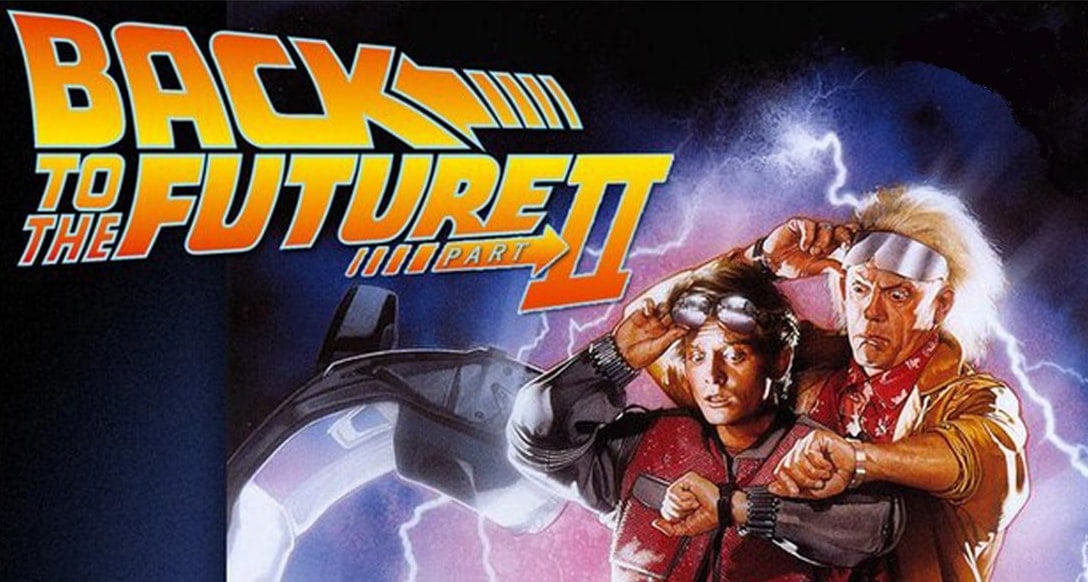
Robert Zemeckis’ and Bob Gail’s movie imagining what 2015 would look like was not so far from reality after all.
On October 26 1985, Doc Brown and his underage sidekick, Marty McFly travel to the future in a Delorean generated by 1.21 jigawatts of power, arriving in their hometown of Hill Valley on October 21, 2015. The future they landed in was full of flying cars and technology beyond the wildest imaginations of viewers at the time:
Watching multiple TV channels simultaneously
Back to the Future Part II imagined how we might watch television in the future – with several channels playing on the screen at the same time. This prediction soon became reality when DirecTV debuted their Game Mix feature, allowing viewers to watch 8 NFL games simultaneously.
Video games without hands
With Wii taking video games from controller-based to motion-based, it is safe to say that in a few years’ time a new gaming system will be released which operates without the use of a controller at all – just like the video game Marty impresses two kids with in Back to the Future Part II.
Cameras everywhere
The notion that cameras are everywhere is completely realistic. Nowadays, we carry cameras around with us everywhere in our mobile phones – and security cameras can even be found in ATMs and traffic lights.
Personal targeted advertising
Targeted advertising is increasingly used today rather than traditional advertising to the masses. Google, for example, has an algorithm enabling it to scan Gmail messages and position ads relevant to the keywords it finds in those mails on the user’s screen. Amazon routinely suggests items of interest based on users’ past purchases. And the growth of big data analytics and the Internet of Things will ramp up personalized advertising even further.
TV glasses
At the dinner table, Marty Jr. and the Marlene both watch TV on personal TV glasses. Devices like this are already available on the market.
Video conferencing
Another accurate prediction is the ability to video chat. Beyond conventional business video conference calls, applications and programmes such as Skype and Facetime allow us all to see and hear the person we’re calling in real-time.
